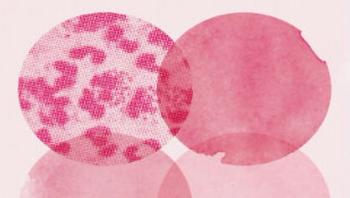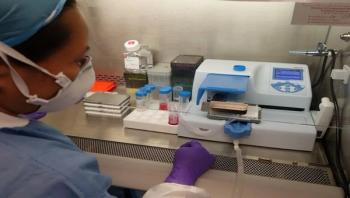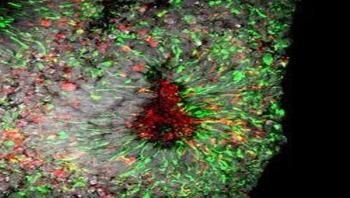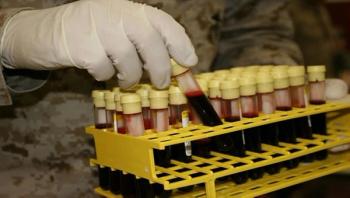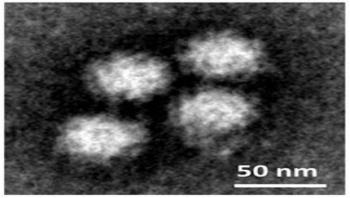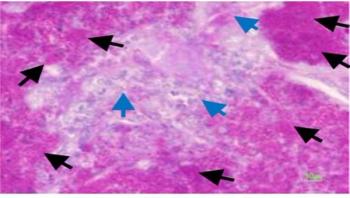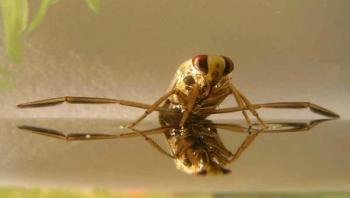A couple of years ago, there was a report in the news that during 2008 and 2009 five children died at a Louisiana children’s hospital from an infection passed to them through their hospital linens. To follow up on this tragedy, a reporter wanted to know if there had been any changes made in how the hospital laundered its linens. The reporter posed this question to the hospital’s associate medical director of patient safety and quality. According to her account, the reporter asked the medical director who was the hospital’s current launderer. First, the medical director responded that he didn’t think it was pertinent, and then he said he didn’t know. And he said he didn’t know a second time when asked the same question at a subsequent news conference. Keep in mind: This is the hospital’s director of patient safety and quality.






